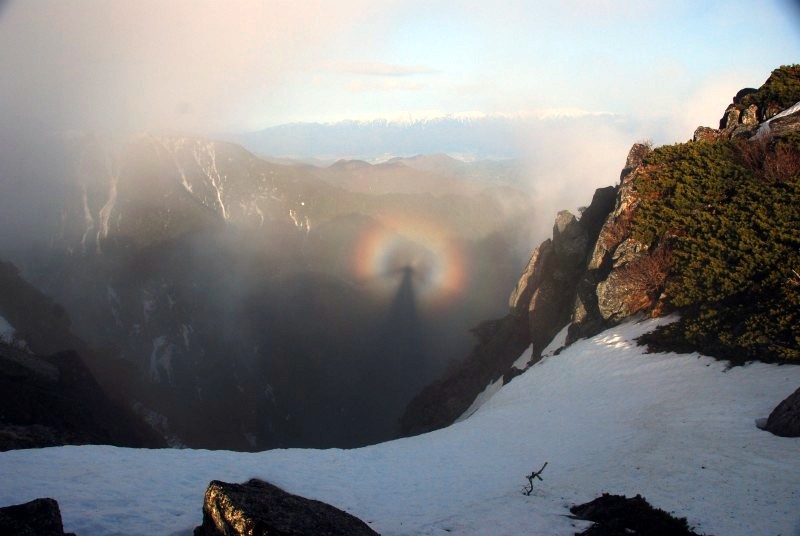The Mythic Mountain Treasure August 12, 2012
Author: Beach Combing | in : Modern , trackback***Dedicated to Leif who passed this on***
Internet connection spluttering back and Beach rushes out this fabulous story that has just been sent in. Perhaps the best thing he had read all August. It comes from Jacob Reineggs (obit 1793) who visited Georgia in the late eighteenth century.
West of Gergete, near the centre of the principal Caucasian chain, rises the Snowmountain [Mt. Kazbek?] so famed in Georgia… On the top is said to be a stone church, containing a small tent, with a cradle in it. It is also thought to conceal a great treasure in money, but which no one dares touch, without having led a pious and holy life. This report has been handed down from generation to generation: every one knew it; but many doubted, not without reason, of the truth.
At last, during my residence in Georgia, an old priest, who pretended to know the way to the church, offered to go with his son, who was of the same profession. The Zaar Herakleus not only readily assented, and sanctioned their undertaking, but commanded them, if possible, to bring back the treasure, and supplied them with provisions for their journey.
The Zaar Herakleus [obit 1798] is the local king. He is also a little naïve.
After a few weeks, we saw the joyful young priest return with the news, that he was not able, (perhaps on account of his juvenile indiscretions), to ascend the mountain; and, therefore, was advised by his father, to wait at the foot of it in earnest prayer until his return. On the seventh day, the father descended, stating, that he had. really seen all, even the great treasure; but the time to carry it off was not yet come, though it was near. However, his son had only to return, and deliver to the Zaar the necessary proofs of the truth, and never think of him again; as he was determined to re-ascend the mountain, and conclude his life in the company of immortal angels, which he did.
The proofs brought by the young priest, consisted of a piece of old moth-eaten cloth, cut from the tent; a piece of rotten wood from the cradle; and some paras [Ottoman coins] of the time of Selim I [obit 1520]. Though these were evident marks of deceit and falsehood, yet they were received with great veneration; particularly a piece of white marble, with broad, red veins, which was regarded as a sacred relic, because it was red, and had been broken off from the altar. But the most striking circumstance is, that the old priest , was was never seen again. Perhaps he was buried in the snow, which the son would not acknowledge, to give the fable more credit, for a century at least.
Ten years later Klaproth gives some more information about this fabulous place:
Above the foot of the Mqinwari are excavations called in Georgian Bethleemi, the access to which is extremely difficult. Tradition reports that they were formerly inhabited by pious recluses. Here is said to be suspended an iron chain by which you can ascend to the cradle of Christ and the tent of Abraham, constructed without either poles or cords. According to other fabulous accounts, buildings of marble and crystal, standing upon the snow itself, are here to be seen; these are probably masses of ice, which form all sorts of figures of palaces and towers. Greek monks who pretended to have reached the very summit of the mountain, might with impunity palm upon the credulous all sorts of fictions respecting the wonderful objects to be met with there, and among the rest the tale of a golden dove which hovers self-supported in the midst of one of the buildings.
Any other mountain myth or better still mountain cobblers: drbeachcombing AT yahoo DOT com



